Walking, specifically hot girl walks, are all the craze right now. We get it: lacing up your sneakers, grabbing a coffee, tuning in to your favorite podcast or audiobook, and getting in your steps makes us feel oh, so good. Walking is the most basic necessity; the upright configuration of our bodies were literally designed to help us walk! The benefits of walking are far and wide, and prove that exercise and wellbeing don’t need to be complicated. Walking is easy to do, a fun activity to do while taking a call or talking to a friend, and is relatively gentle on the body. Keep reading to learn what getting our steps in does for our bodies and the specific benefits of walking, leading you to getting the most out of your next hot girl walk.
I’m Getting My Steps In…Now What?
Aiming for 10,000 steps a day isn’t just a healthy trend, it’s actually proven by research to have major long term effects. Research shows that 10,000 steps (or more, if that’s your style!) lowers the risk of dementia by 50%, the risk of cancer by 30%, and the risk of heart disease by 75%! This walking sweet spot is explained further, below.
Walk Your Way to Heart Health: Good blood circulation is vital for our bodies to absorb nutrients, dispose of waste, and is crucial for longevity and long-term strength. Walking at any pace increases blood flow throughout the body, raising our heart rate, lowering blood pressure, and strengthening the heart muscle. Furthermore, since walking is primarily done by the legs, the contractions of the leg muscles allow for blood to be pumped from our feet to the heart, against gravity. By contracting these muscles voluntarily, we are assisting our circulatory system, promoting healthy blood flow and aiding our bodies more than we would by being sedentary. Additionally, according to researchers at the Harvard School of Public Health, women who walk for 30 minutes a day have a 20% reduced risk of stroke, and briskly walking (think of a pace above a leisurely walk) for 30 minutes a day decreases this risk to 40%.
Take Care of Your Brain by Taking a Walk: Just like the heart, the brain needs blood flow, too. A 2013 neurological study found that brisk walking improves brain health, even when we’re not moving. The research demonstrated that the brains of the physically active subjects showed better blood saturation than the control group, even when resting. A better blow flow in those who exercise is correlated with better memory and cognitive performance and can even be boosted by taking a short walk at lunchtime. By breaking up sitting at a desk by taking a walk break outside or doing a five-minute stretch every hour or so, we’re promoting an increase in mood, creativity, and concentration due to positive effects on our blood flow.
Start Strolling After a Meal: Science shows that walking after a meal, or a postprandial walk, has loads of benefits for digestive health, blood sugar regulation, and overall blood circulation. After we finish a meal, our body gets to work, breaking down food, absorbing nutrients, and sending waste off to be excreted. Our intestinal muscles play a vital role in maintaining good digestion, and their motility, or the speed and rhythm at which these muscle contractions occur, can be increased by a post-meal stroll, aiding in digestion and keeping bloat to a minimum. By getting our steps in, the entire digestive process is sped up, including the breakdown and elimination of food. This is extremely important; we’re helping our bodies move things through more efficiently, leading to more effective digestion and eliminating that most-meal slump. By taking a brisk walk after eating, we help our digestive system work optimally, decreasing the unwelcome side effects, like bloating, that sometimes accompany a meal.
Walk Away from Anxiety: Blood flow has mental health benefits too: regular walking has been shown to decrease symptoms of chronic mental health conditions, like anxiety and depression. The body’s central nervous system is composed of the hypothalamic-pituitary-adrenal axis, or HPA axis for short. The HPA axis contributes to our stress response, making us feel agitated, worried, and just plain stressed out. Walking helps to calm this system down, decreasing the stress response and helping us feel more level headed. In addition, oftentimes when we’re anxious, we tend to hyperfixate on one problem, withdrawing from the hustle and bustle of the outside world. However, walking, especially in nature, forces our eyes, and brains, to focus on what’s around us. instead of what’s in our head. These are known as “positive distractions”, and they force the anxiety pathways in our brains to reroute to the environment around us, decreasing overthinking and stress. Walking for just 30 minutes a day has been shown to release the feel-good endorphins that make us happy, aiding in boosting our mood and directly combating the release of stress hormones.
Take Steps for Better Sleep: Many of us are guilty of pressing snooze, promising ‘just five more minutes’ as we’re cozying up in bed. However, studies have shown that getting outside for a walk within 30-60 minutes of waking up has huge benefits for both the remainder of the day and for promoting better sleep that night. On a sunny day, just 10 minutes of natural sunlight, coupled with a brisk walk around the block, has major benefits: breathing in fresh air can help calm anxiety, an increased heart rate pumps more blood through our bodies, and getting outside first thing in the AM helps break up the sometimes monotonous tone of the workday. All of these benefits help our body to realize it’s time to begin the day and aid in regulating melatonin, which our body naturally produces when it’s time for sleep. Our sleep-wake cycle is directly linked to sunlight; not only does sunlight help us wake up, but it also sets the tone for our sleep later that night by regulating our Circadian Rhythm. Two specific hormones, cortisol and melatonin, control the circadian rhythm, and walking soon after awakening triggers the natural rise and fall of both of these neurotransmitters, aiding in better wakefulness and better sleep.
Habit Stack Your Way to More Movement: Walking, or any exercise for that matter, can sometimes seem like an additional activity to check off our to-do lists instead of being something we can actually enjoy. However, by habit stacking our behaviors, we can get in more movement and stack it onto another existing habit. Hello, crossing two to-dos off at once! The idea is simple: “stack” a behavior on top of an existing habit to incorporate healthy behaviors and make the best use of time, without disrupting the flow of our normal routines. Walking is a perfect habit to stack on: listen to a podcast and learn something new, continue your current book on Audible, call a friend or family member, join a meeting or take a call, or even try a walking meditation to feel some zen while you move. The idea behind stacking is to make every minute count; walking doesn’t have to be a solo activity or disrupt the workday. Instead, use walking as a baseline for whatever else needs to get done; before you know it, you’ll reach 10,000 steps!
This blog post is purely informational and does not imply any evaluation by the Food and Drug Administration. This blog post is not intended to diagnose, treat, cure, or prevent diseases, nor should it substitute for advice from a healthcare professional.
References:
Bailey, Damian M et al. “Elevated aerobic fitness sustained throughout the adult lifespan is associated with improved cerebral hemodynamics.” Stroke vol. 44,11 (2013): 3235-8. doi:10.1161/STROKEAHA.113.002589
Bedrosian, T., Nelson, R. Timing of light exposure affects mood and brain circuits. Transl Psychiatry 7, e1017 (2017). https://doi.org/10.1038/tp.2016.262
“Prospective Associations of Daily Step Counts and Intensity With Cancer and Cardiovascular Disease Incidence and Mortality and All-Cause Mortality.” Jama Network, https://jamanetwork.com/journals/jamainternalmedicine/fullarticle/2796058.

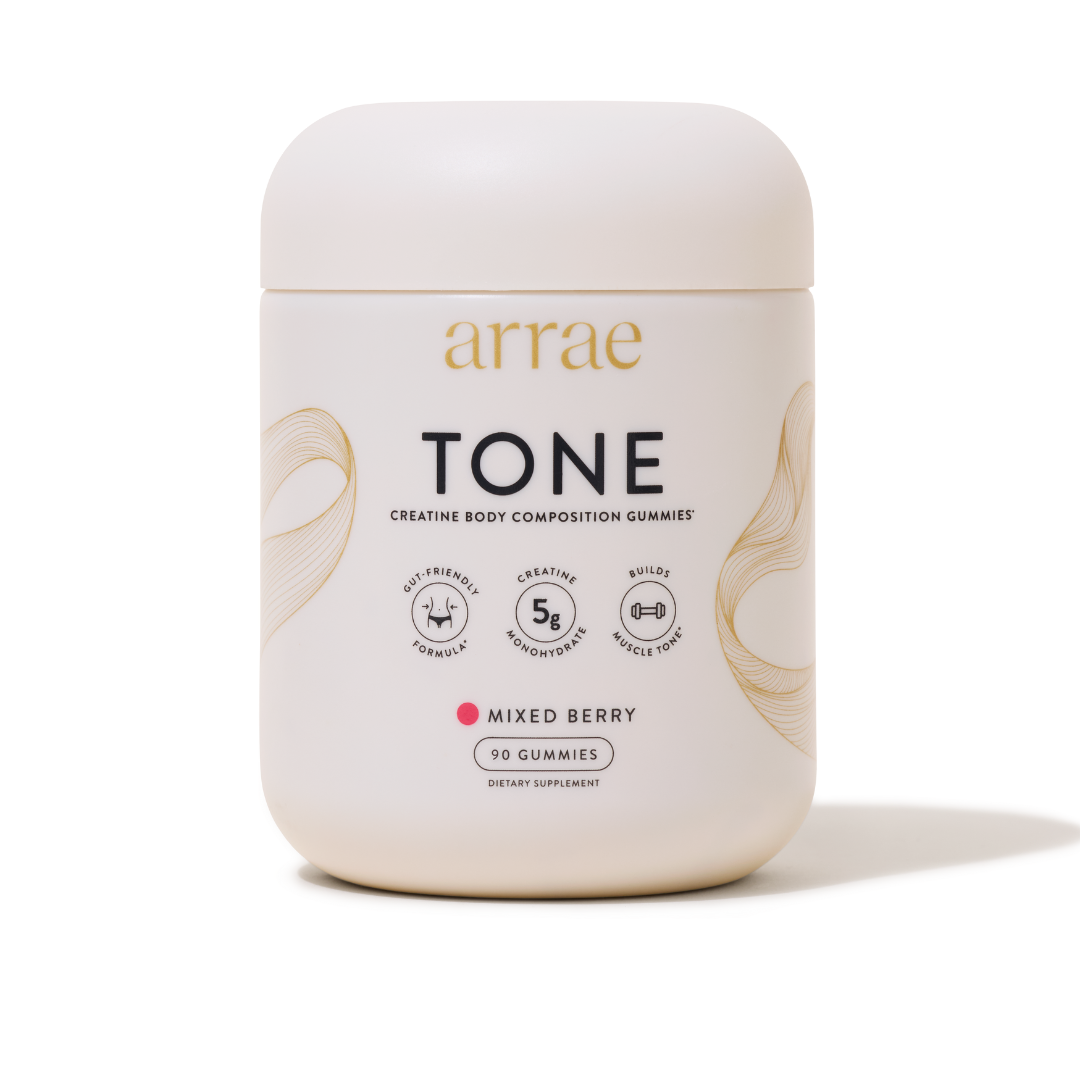
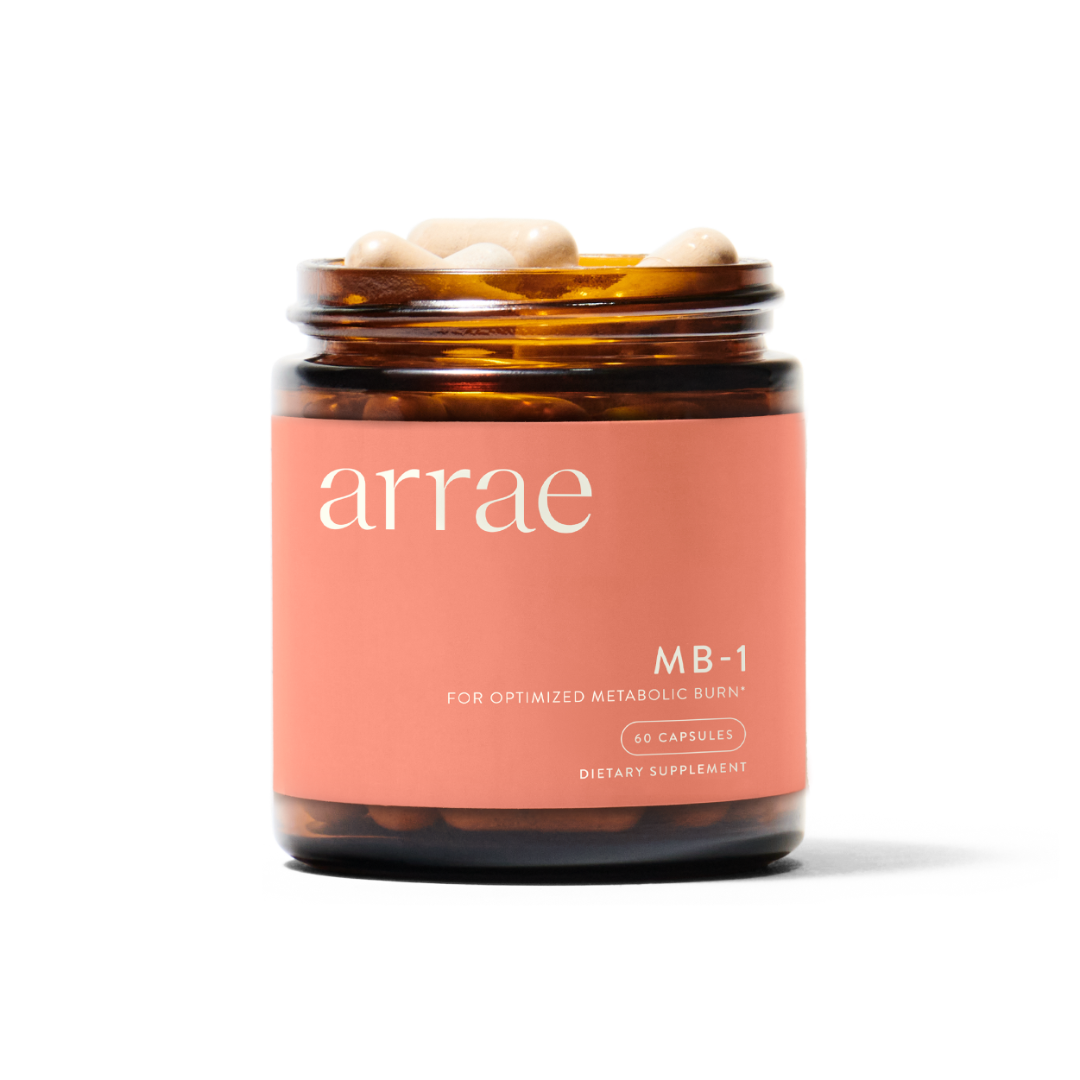
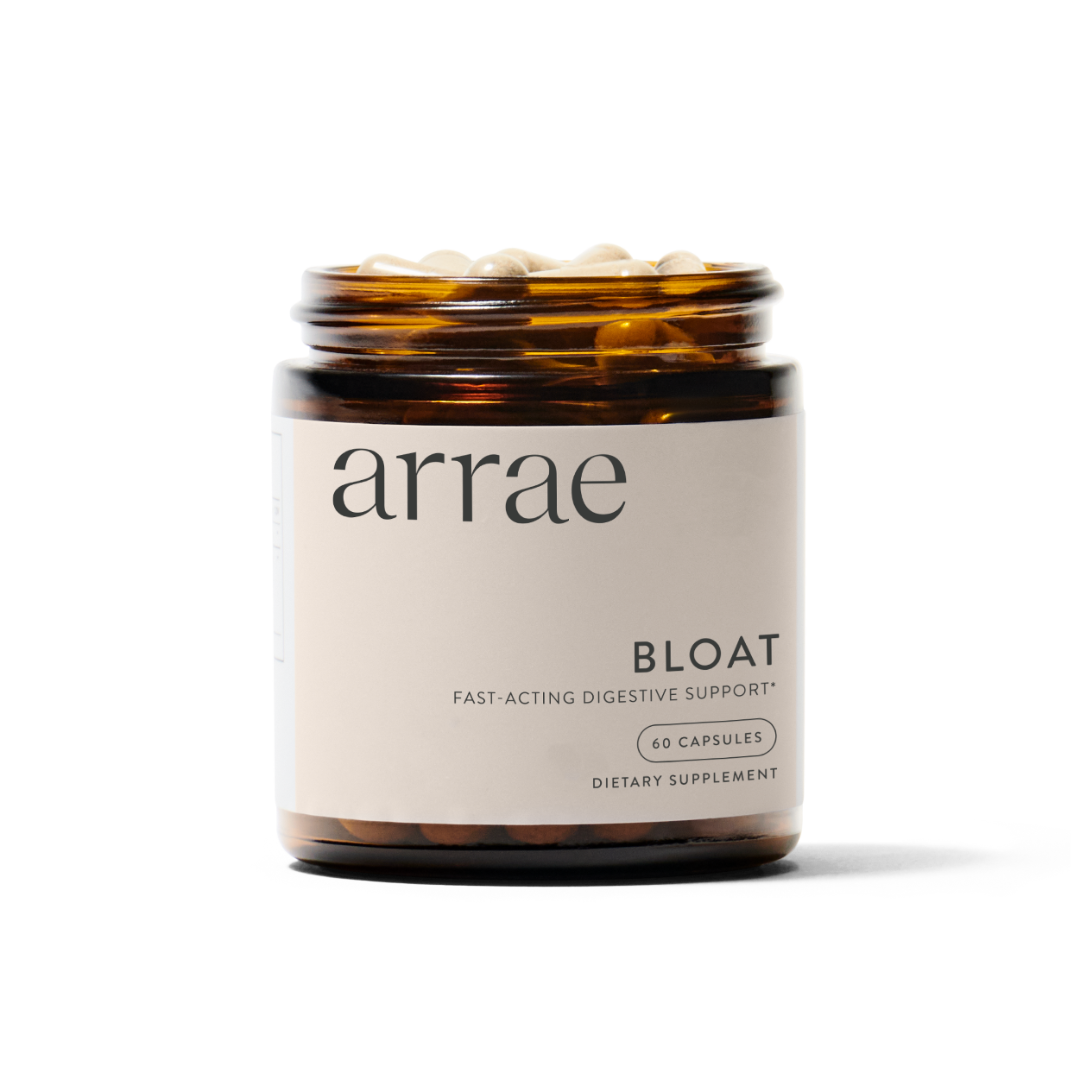
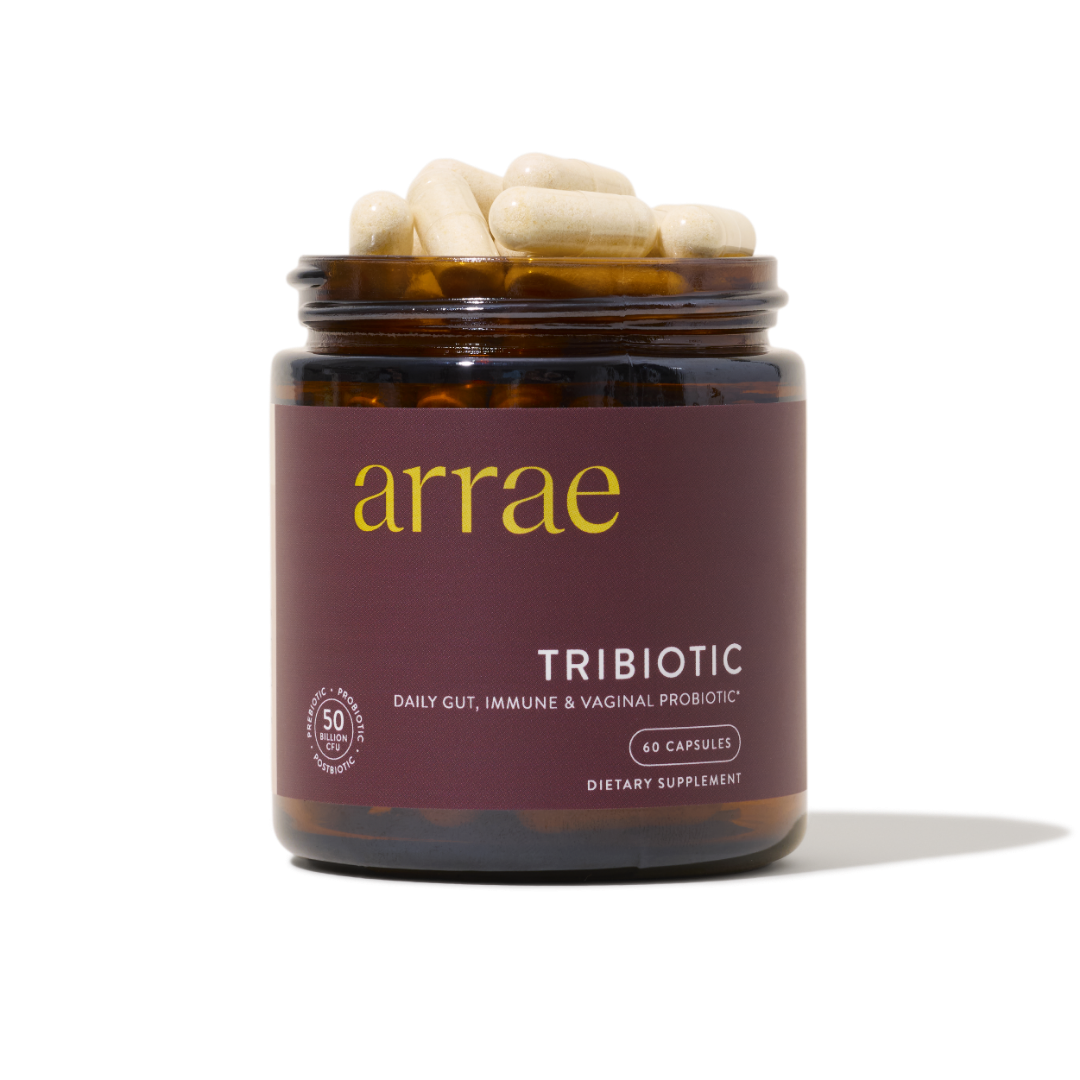
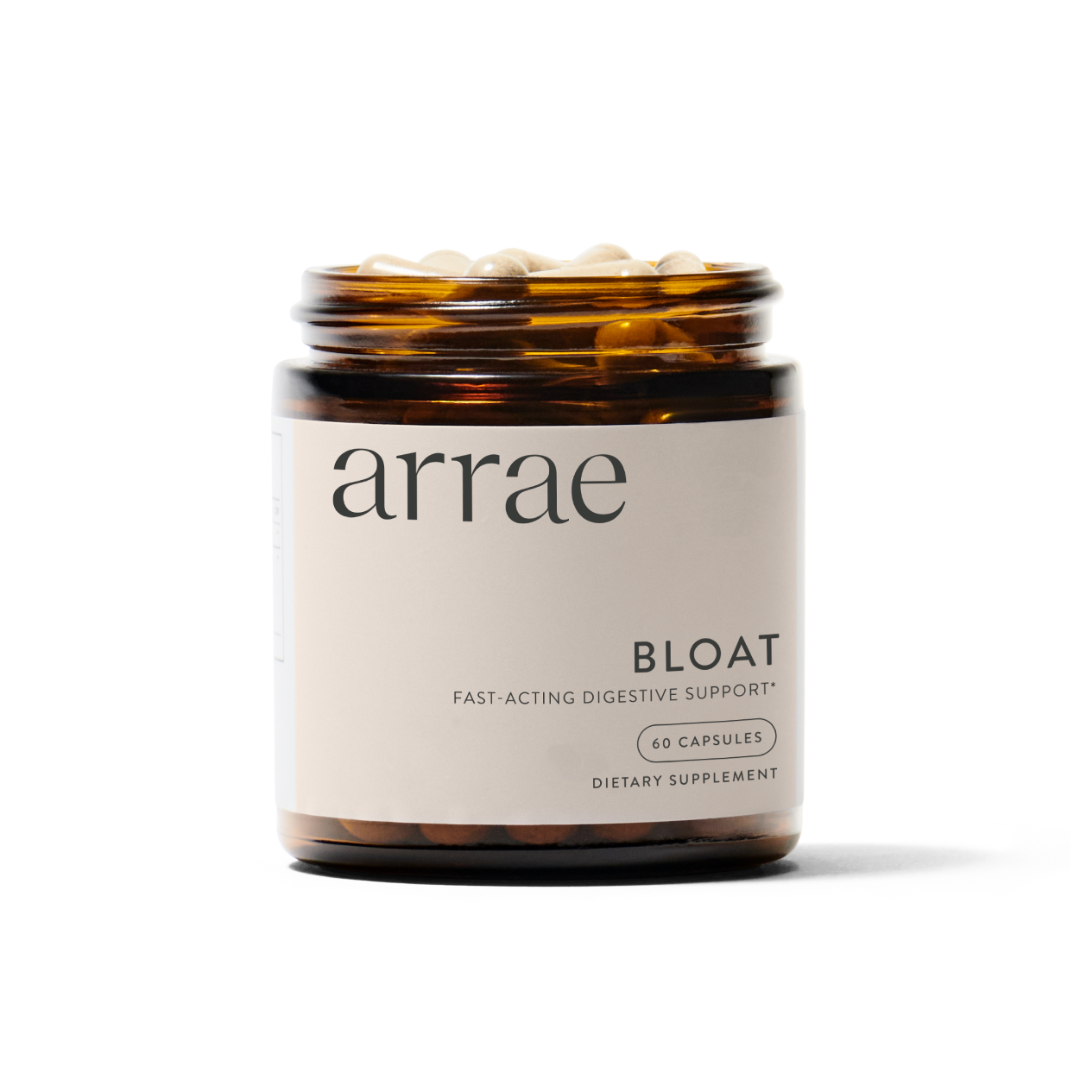
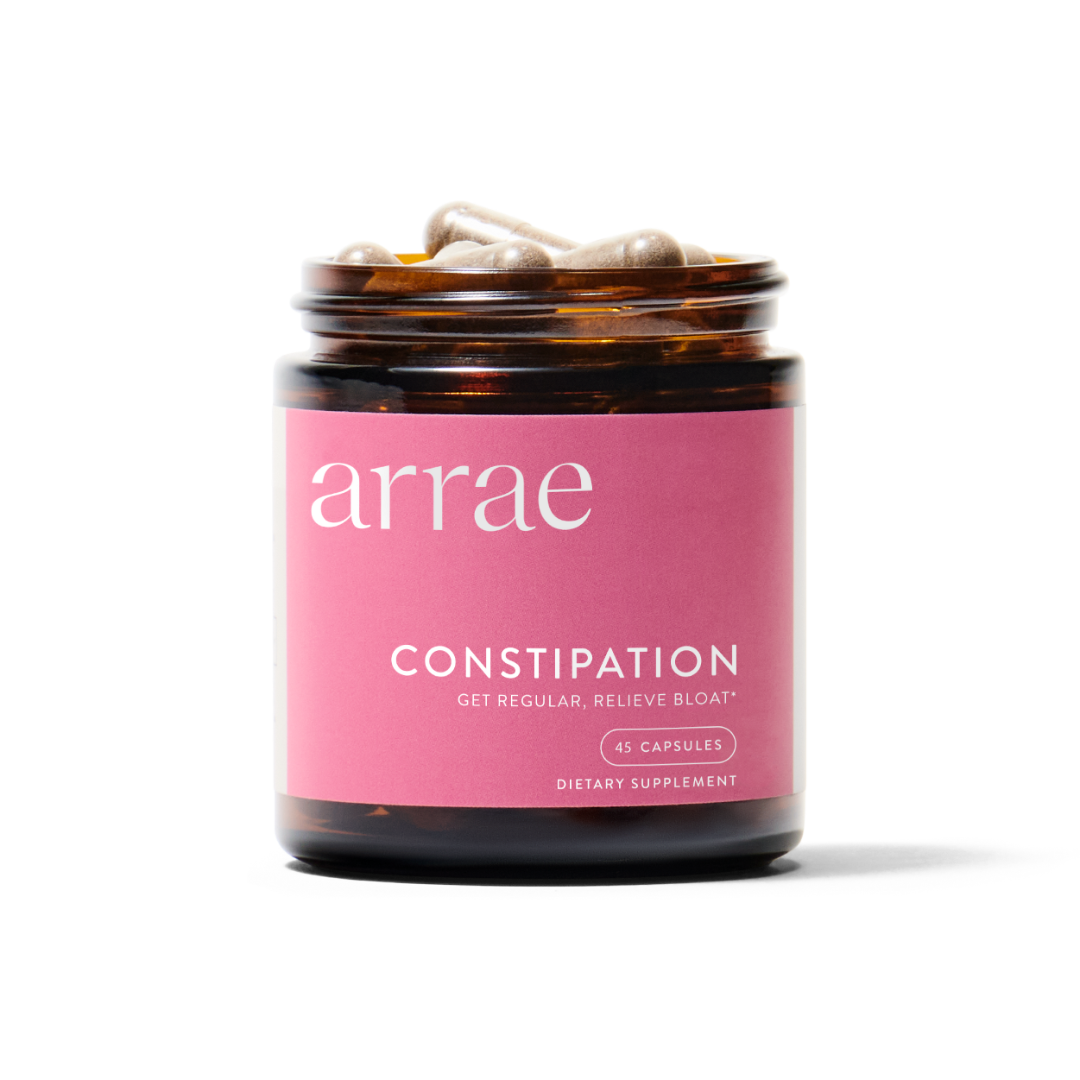

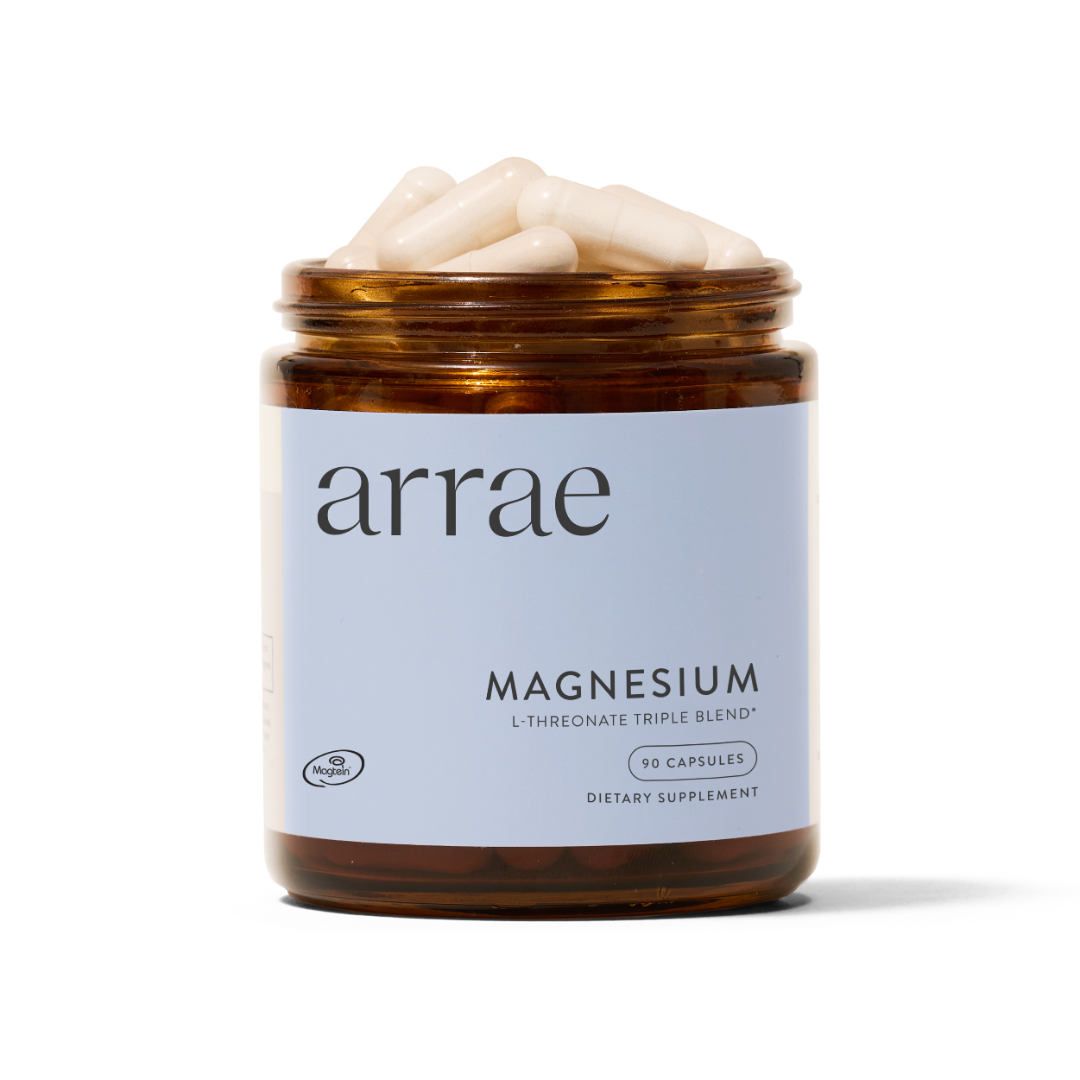
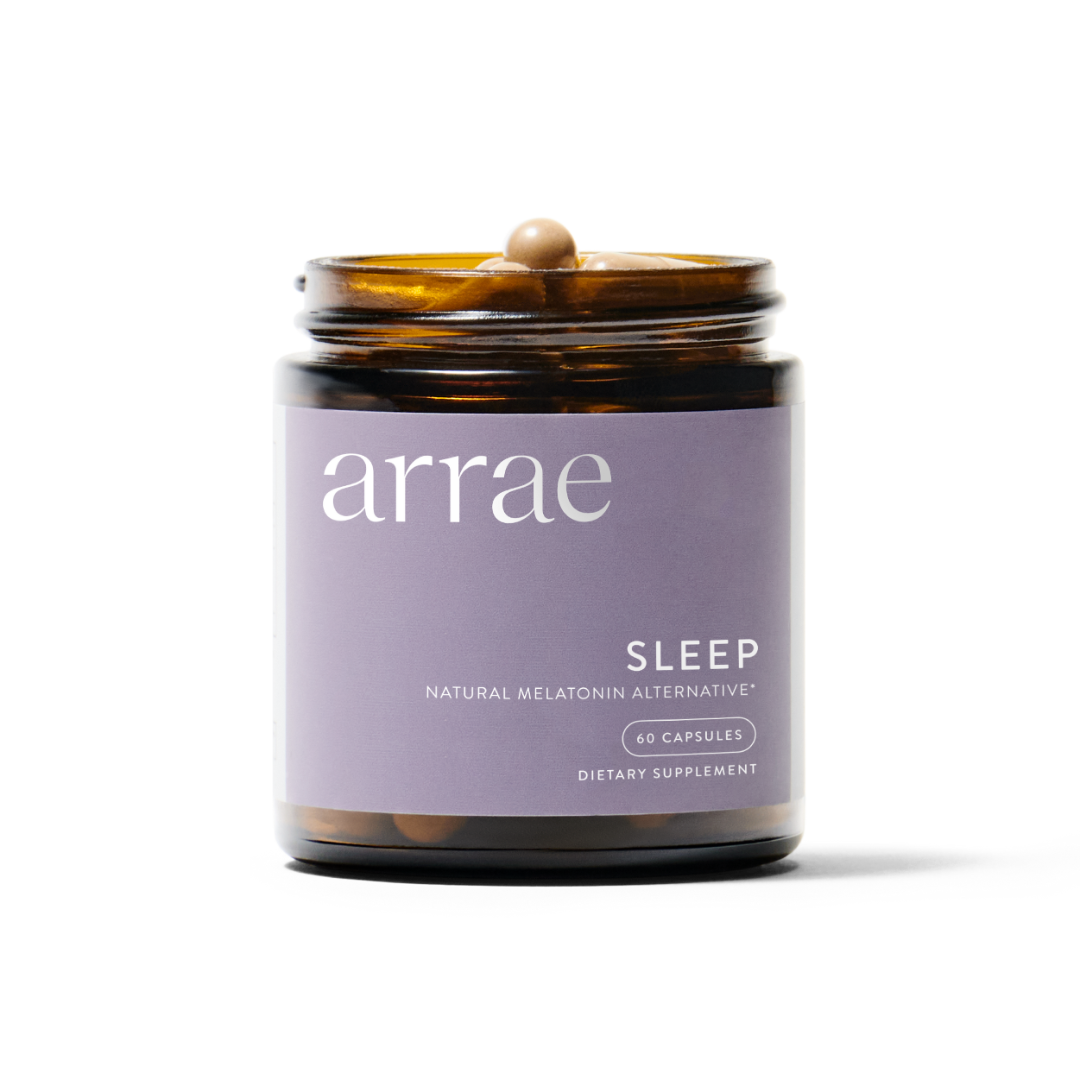
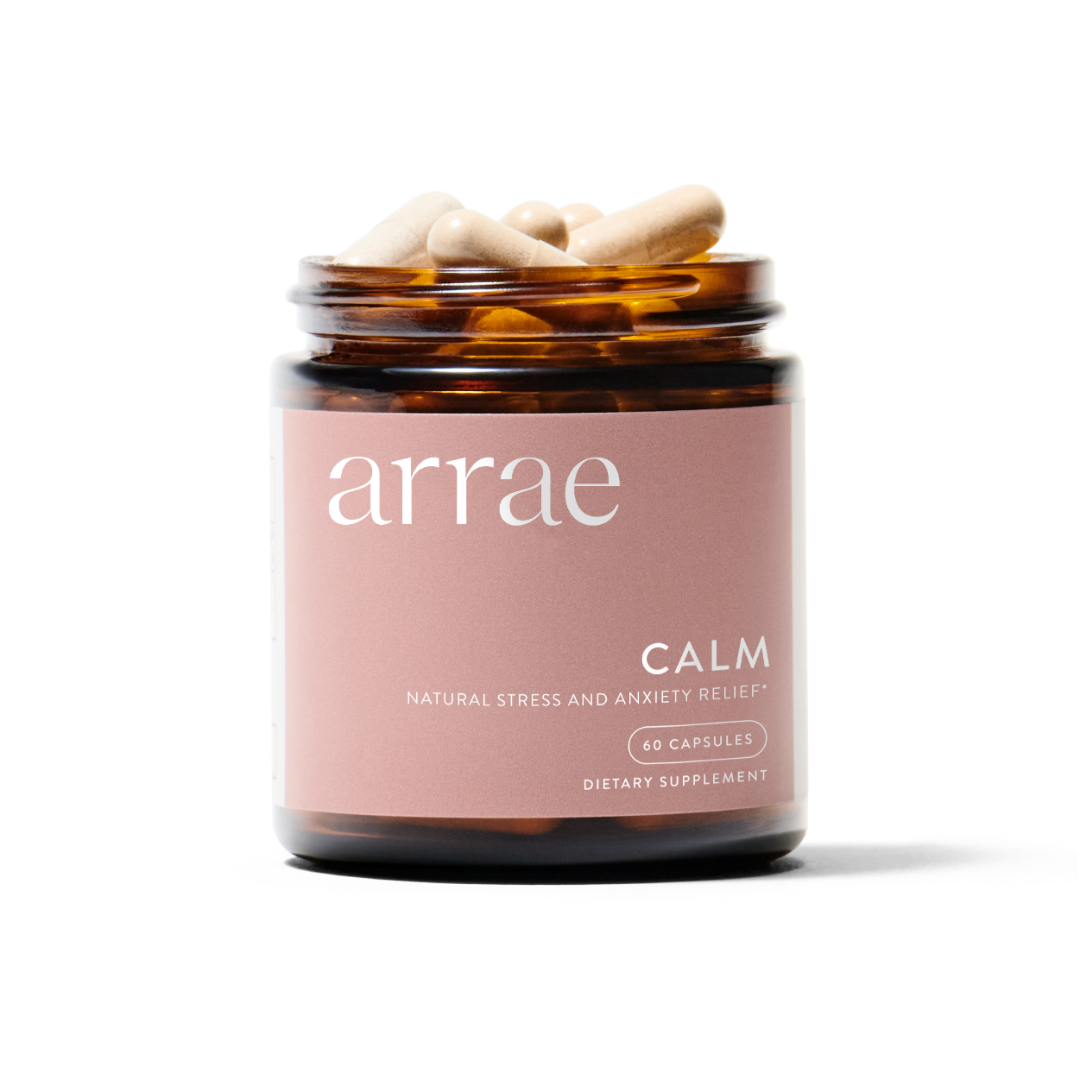
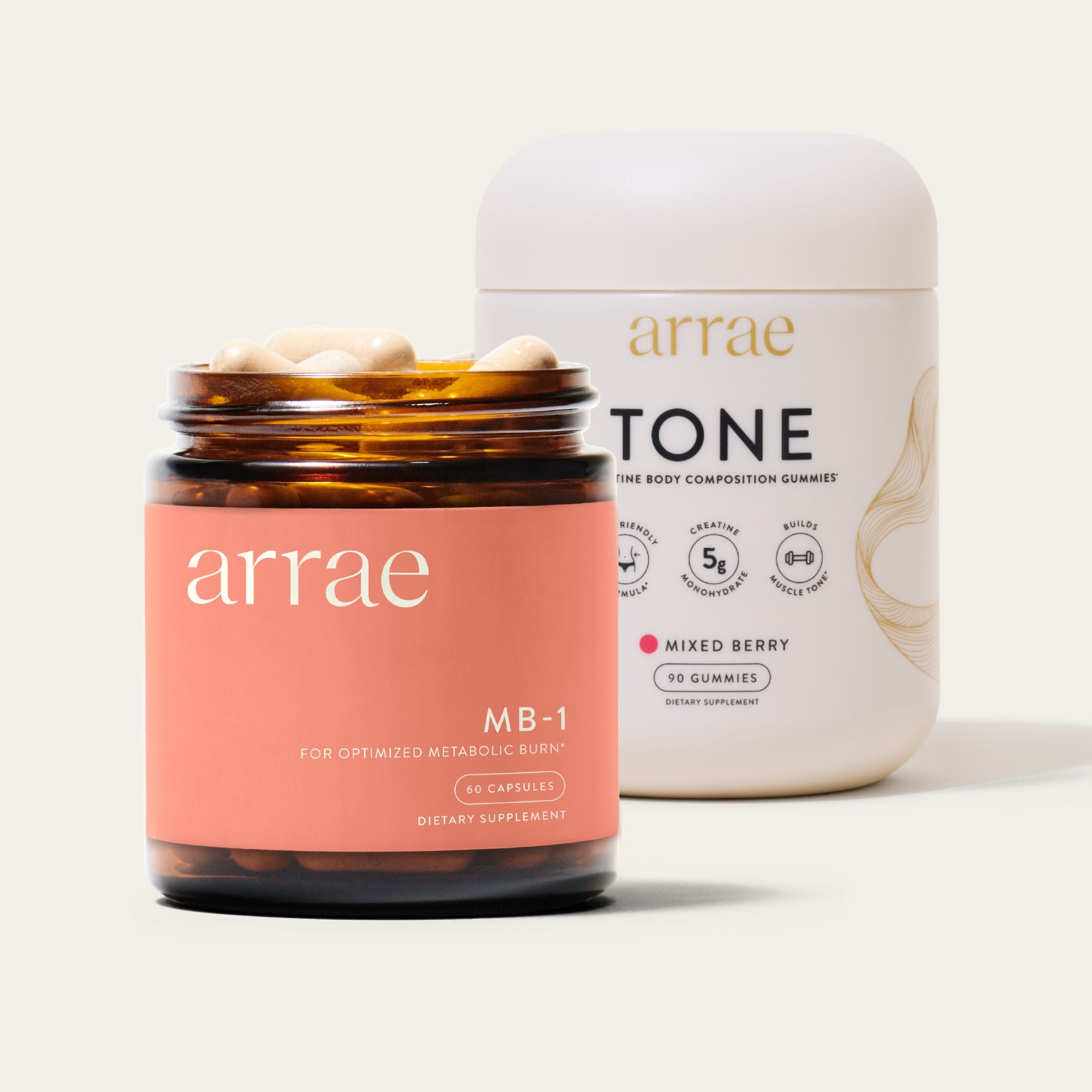
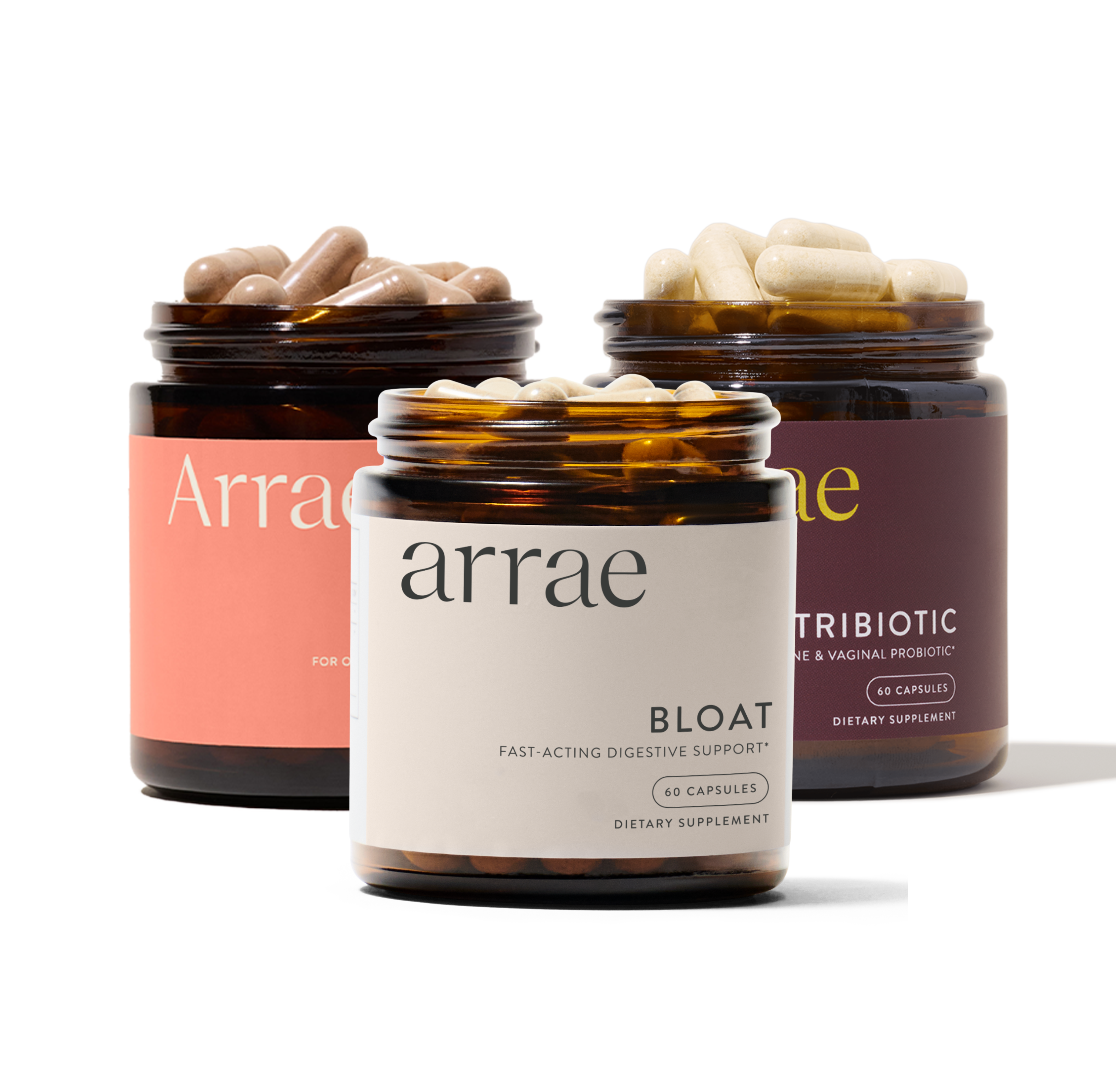
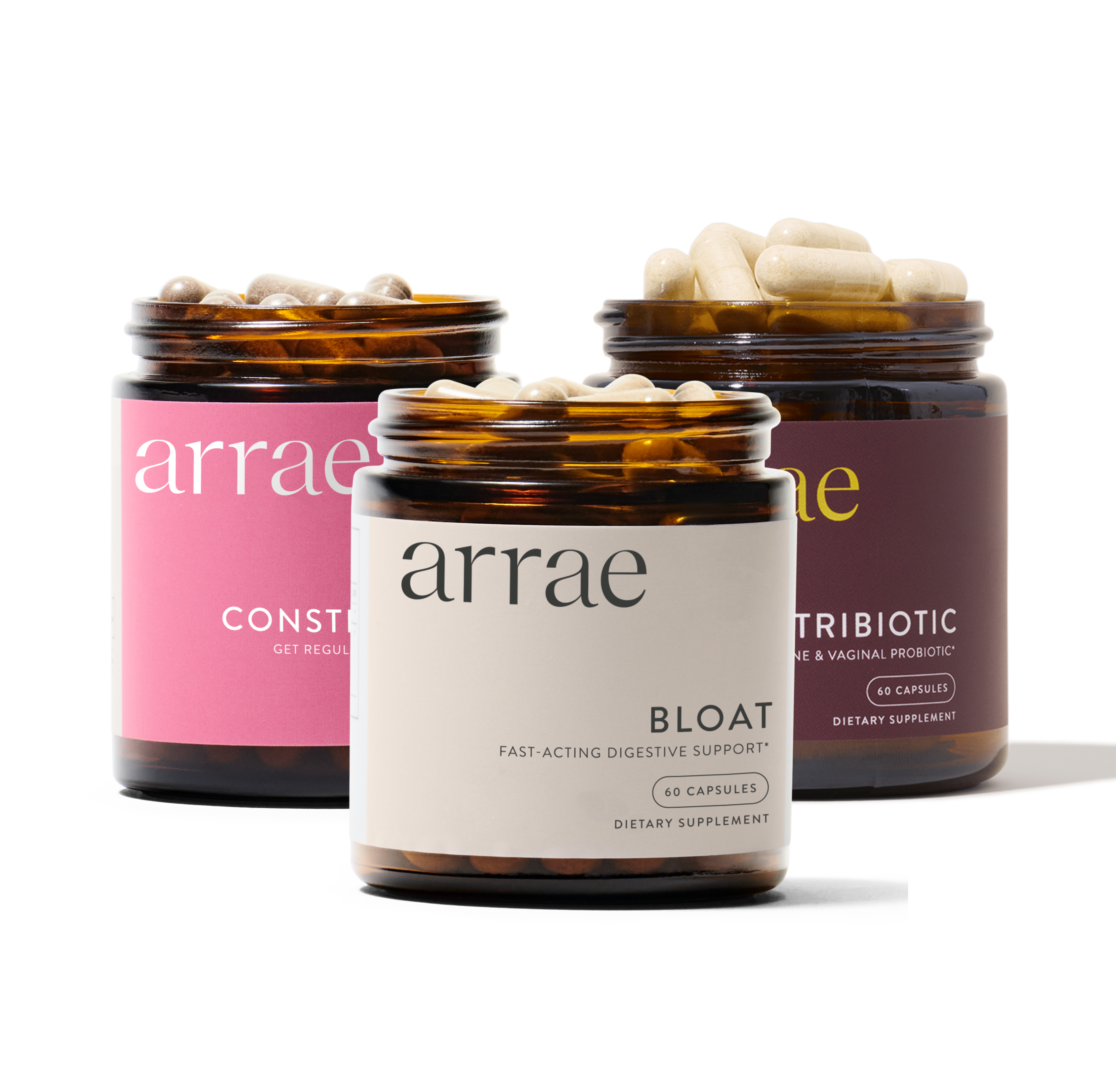






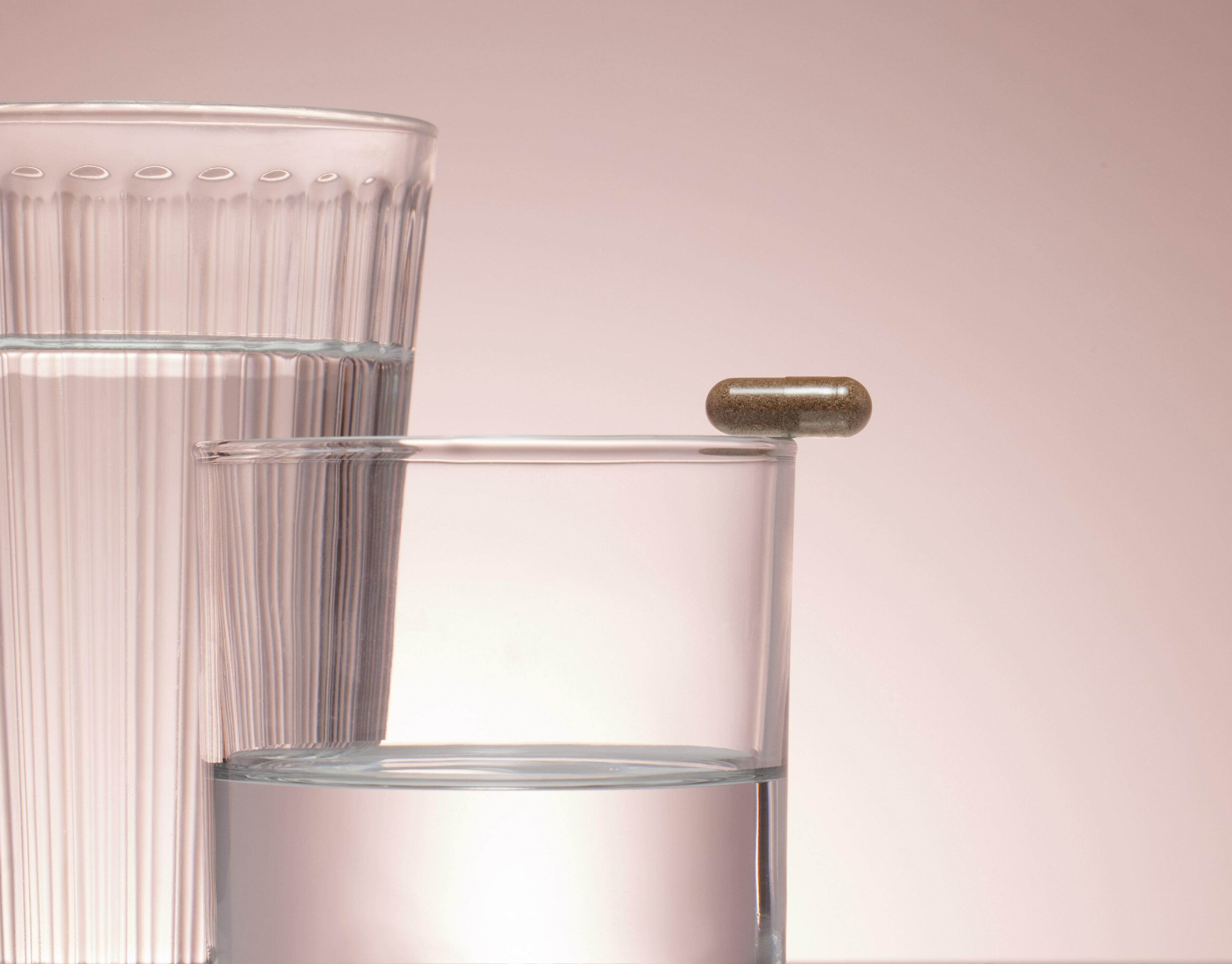

 Instagram
Instagram TikTok
TikTok Youtube
Youtube Facebook
Facebook Email
Email